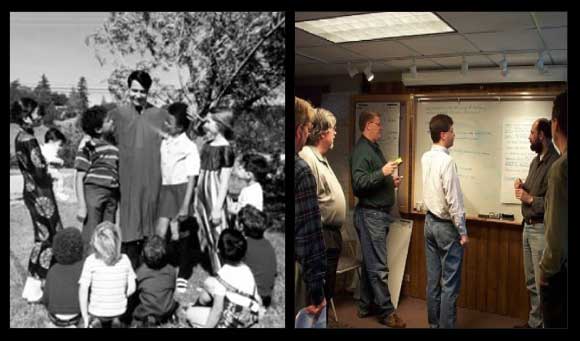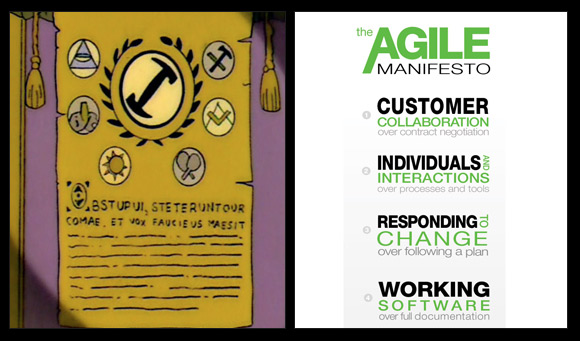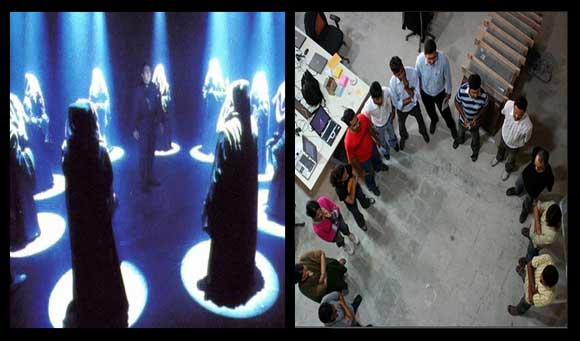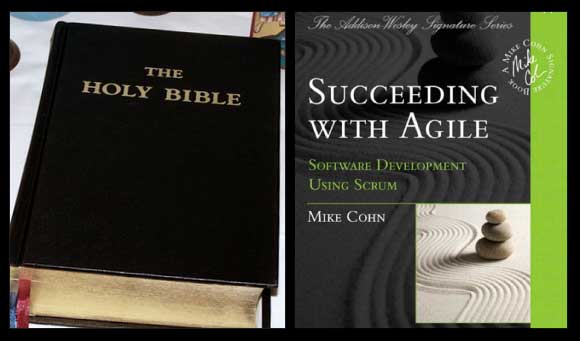“Being Agile” is more than following a checklist. It’s more than following the Scrum or Kanban handbook (in fact, it doesn’t even matter if you’re “doing” scrum or kanban at all!). Being an effective and productive agile software development team is about understanding and believing in a set of values, practices and principles.
Starting with our engineers, we tried to boil these values and practices down to a handful of core ideas. We wanted to share a common language and have a common set of checkpoints where we could track and assess where we are as a team, and give us guidance on where to focus to help us get better. We created what we call the “Agile Sliders”: a set of 6 guiding principles and practices for agile engineering teams.
- Code Quality
- Unit Testing
- Acceptance Testing
- Self-Organisation
- Pair Programming
- Code Ownership
Code Quality
- Thinks code as it is, is OK
- Understands and appreciates OO
- Identifies ‘smells’ in code
- Desire to fix smells and continually improve code
- Deals with technical pain and debt
- Uses solid OO design principles
- Understands the importance of fixing ‘broken windows’
- Understands and uses design patterns
- Encourages debate and learning
Unit Testing
- No Unit Tests
- Reluctant to write tests / low quality tests
- Always writes unit tests; tests the right things
- Always writes tests first
- Unit tests follow good OO principles
- Challenges the team when they don’t write enough tests
Acceptance Testing
- No Acceptance Tests
- Manual ATs done by devs
- ATs defined by devs with input from QA and Design
- Some automated ATs by devs
- Some automated ATs by devs in the build
- Outside-in development using ATs
- Run ATs locally before every checkin; fix breaks including other’s tests
- Call out team members who don’t write tests
Self-Organisation
- Needs micro-management
- Participates actively in plannings, estimations, etc
- Trusts team members
- Steps up to lead planning, etc without prompting
- Seeks out and gives feedback safely
- Team runs own standups, etc. Solicits feedback
Pair Programming
- No Pairing
- Reluctantly pairs when asked
- Willingly pairs when asked
- “Where’s my pair?”
- Pairing effectively in driver and navigator roles
- Asks team members why they are not pairing
Code ownership
- Mine / Theirs
- Willingly works on other code
- Not defensive about changes to code you wrote
- Seek out stuff you don’t know and work on it
- Go out of your way not to drive when working on ‘your’ code
- Encourages the rest of the team not to think of code as Mine / Theirs
Each principle exists on a scale representing a journey to an ideal state. In every retrospective we assess our progress against these scales. Did we get better? Stay the same? Get worse? The point isn’t so much to score ourselves, but it is a trigger for a conversation, and a tool for the team to use to challenge themselves on their journey.
We have also found that we can view progress from multiple viewpoints:
- The team as a whole, and
- Individual developers.
We’ve had some success linking these principles not only to team targets, but to individual performance targets as well.
We constantly iterate on our “sliders”, and we love feedback. Please leave any thoughts in the comments. I would like to expand the set of sliders to cover Product Owner and Experience Designer roles.
The Agile Team Values Poster
Here are the 6 principles and practices in a poster form. Click the image below to download a larger version suitable for printing. You are welcome to print it, change it, make it better!





